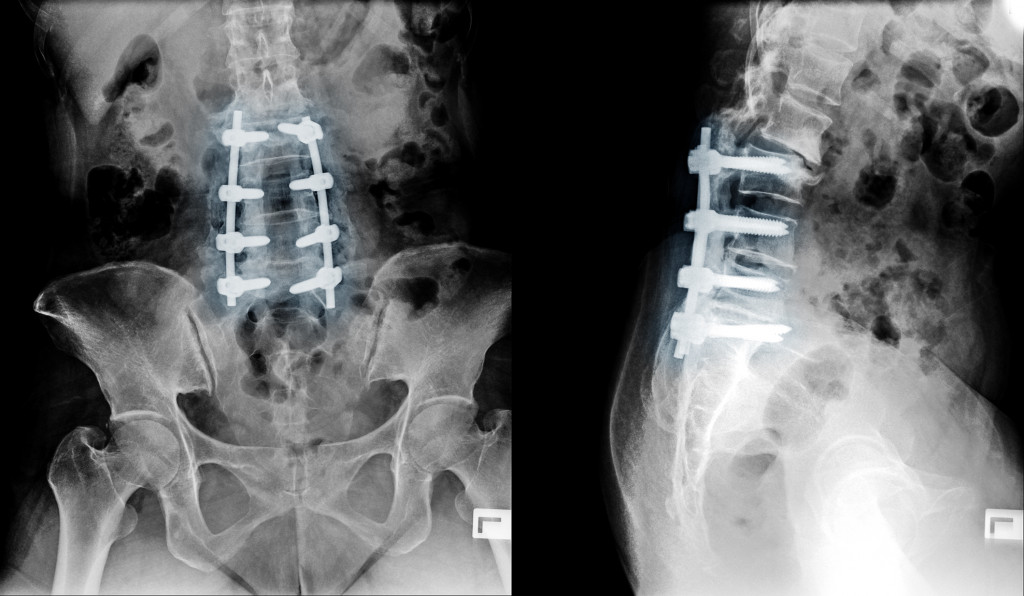Surgery of the spinal column involves the cervical spine, lumbar spine, a deformed spine, and the entire spine itself. Over the years, the number of patients receiving spine surgery has increased. And although this is to be seen as negative news, it has positive implications.
The increase in spine surgeries indicates an improvement in spine surgery applications and technologies compared to 50 years ago. In fact, according to Spinal News International, the field of spine surgery was in a state of depression just a decade ago. It’s a good thing that this is no longer the case today.
Because of recent advancements and technologies in spine surgery, patient outcomes have significantly improved. At the same time, more patients are now efficiently treated, and there are specific reasons why. According to Spine Health e-magazine, spine surgery technologies today aim to speed up patient recovery through the reduction in post-operative pain, enhanced spinal fusions between adjacent segments, preserved motion in the spinal and segment. Moreover, technologies want to focus on developing less invasive approaches.
To achieve these goals, experts have developed technologies such as the following.
Spinal Navigation Technology
Spine surgeons need to navigate the location of a spine, also called localization, during standard spine surgeries. This is especially true when they need to place spinal implants such as plates, hooks, rods, and screws. To confirm the location of a spine, surgeons take an x-ray called fluoroscopy.
In the past decade, localization has received significant advances thanks to computer-assisted image guidance. This form of technology eases the process of navigating a spine. It is more powerful compared to conventional x-ray technology.
Aside from making it easier to place implants, advancements in spinal navigation enable surgeons to remove tumors accurately, decompress nerves, and place spine instrumentation.

Vertebral Augmentation
Osteoporosis is a huge problem, especially for the older population. It can even lead to a painful osteoporosis compression fracture, which was treated with non-surgical options. Today, however, there are various surgical treatments for spinal compression fractures.
Patients can now choose between two minimally invasive options: vertebroplasty and kyphoplasty procedures. The former uses bone cement to stabilize a fractured vertebra, while the latter is more advanced. It restores the vertebral height of vertebral segments with severe fractures and then uses bone cement as well to stabilize them.
Robotics
Considering the critical nature of spine surgeries, surgeons need a steady hand to do the job. Here is where robots help. Robotics help surgeons apply more efficient surgical techniques, especially in complex spinal surgeries. Surgeons find it easier to work with robot surgeons because their procedures are more reliable and reproducible.
Minimally Invasive Sacroiliac (SI) Joint Fusion
Sacroiliac joint dysfunction occurs in people when there is the improper movement of the bottom joints of their spine. This bottom joint connects the sacrum to the pelvis, thus the name. It is often the cause of inflammation of the sacroiliac joints and pain in the lower back and legs. If you are experiencing pain in this region, check with your doctor.
SI joint fusion causes chronic pain, resulting in insomnia and depression. Thankfully today, advancements are introducing minimally invasive treatment for SI joint fusion. Before, therapy, medication, and invasive treatments were the only options.
Spinal Fusion
Spinal fusion is an orthopedic or neurosurgical technique. Just like mimicking the process of healing bones, this procedure permanently joins two or more vertebrae, preventing movement between them. It is used to treat herniated discs, spinal instability or weakness, and deformities.
Because of advancements in spine surgery, spinal fusion is becoming a more effective treatment for the aforementioned conditions. Patients are now facing less pain after surgery, and they are experiencing fewer complications.
Advancements in spinal fusion include innovations in materials used as implants, more options for bone grafting, and less invasive approaches.
Cervical Artificial Disc Replacement
The cervical discs in your neck act as a shock absorber to allow free movement in your neck area. The cervical discs can press on the spinal nerves in some people, causing weakness, numbness, and chronic pain. Fortunately, it can be treated with cervical artificial disc replacement surgery. Before this advancement was developed, patients had to endure an anterior cervical discectomy and fusion.
Check With Your Doctor
Spine problems can be debilitating. Thanks to advancements and technologies, patients can have an improved quality of life. If you’re experiencing chronic pain in your back and legs, you may have spine problems. Consult with your doctor, and you may have the chance to improve your condition through the technologies mentioned in this article.

